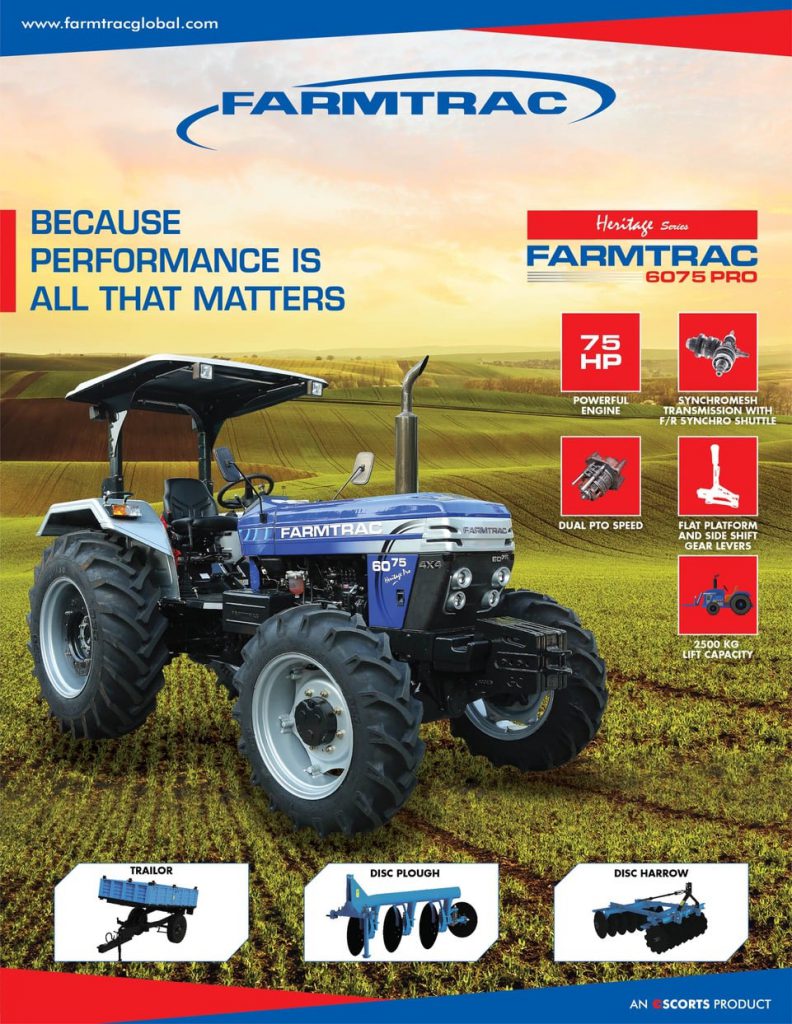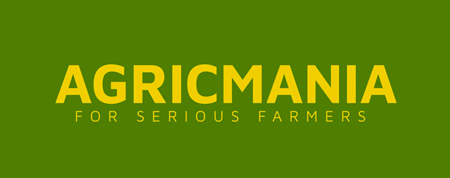Before planting tomatoes, the following factors should be considered: -Location for plantingWater proximity should be as close as possible to the planting field to avoid added costs of pumping water. Although water tanks can be used and this is specifically suitable when using a drip irrigation system.
The previous crop planted
Tomatoes should not be planted immediately after potatoes or pepper and a 3-month break should be observed. This is to minimize on the risk of diseases and reduce costs on disease management.
Topology
Gently sloping land is best as it facilitates drainage during rainy periods especially for open-air method.
It’s engaging. It’s hopeful. It pushes the plot forward.
Only a quarter of young adults are financially literate. You don’t want to overwhelm them with terrible advice. Best to keep them on track.
JOHN MCCARTHY
Soil
The soil should be deep well-drained loam. The soil should be prepared well and loosened and broken down well. The optimal pH for tomatoes is around 6-7.5. Soil analysis can be done to determine this and help you come up with the list of required fertilizer to prepare the land. If the pH is low, lime can be used to raise it and if high, gypsum can be used to lower it.

Nursery Preparation
The nursery is prepared by raising soil around 15cm high and leaving spaces for walkways of around 30cm or more between beds. The soil should be fine and made up of small particles. This is to make it easier for the small seeds of tomatoes to break through. The seeds should not be buried deep into the soil but planted at a depth of around 1cm. The tomato seeds should be covered just slightly with soil. Spacing between rows should be around 15cm. To increase moisture level, mulch is to be added on the seedbed. This also reduces splash effect during watering.
Watering is best done in the morning and the seeds are expected to start showing/sprouting in around 8 days. The watering should continue until a week or two before transplanting where it is reduced to harden off the seedlings. It takes about a month before transplanting is required.
Transplanting
The nursery is watered thoroughly before transplanting for ease of uprooting the seedlings. Transplanting is done using a garden trowel. It is good practice to ensure that the roots carry a ball of soil during transplanting to increase success rate after transplanting. It should be done early in the morning or in the evening.
Planting
The seedlings are then planted in holes with a spacing of around 60 by 45
Fertilizer Application
phosphate fertilizer is applied at the base for root development and urea or CAN used for leaf development after transplanting. Urea is applied at 2-3 weeks or CAN after 5 weeks. At the start of flowering, top dress with NPK and this can be repeated after the first harvest. Remember that fertilization is done to compensate for soil deficiency.
Watering
It is important to ensure that the plants get adequate water supply. Excessive watering is however not good for the plants as it may cause leaching of nutrients.
Tomato Support
This is done by tying a plant vertically using a string and poles. Two poles are connected using a wire and plants suspended using strings that are tied to it. This method increases the productivity of tomatoes. The plants grow vertically having several fruit clusters along the stem. Support should be done early after transplanting when the plant is still young to avoid stem damage/breaking later on.
Pruning
Pruning should be carried out on side shoots, old leaves, diseased leaves, and laterals. This should be done weekly to remove side shoots before they develop. Remove suckers that grow on the joint between two branches. These suckers will never bear fruit but only take away energy from the plant. This can also be done on the other parts of the plant but be cautious not to remove productive parts.As the plant begins to mature, the lower leaves will naturally begin to yellow and wilt. This is perfectly normal, so pull these from the plant when they appear. It will keep the plant fresh, looking good, and help ward off disease.
Weeding
Weeding should be done regularly as weeds compete for nutrients with the plants
Pests
BollwormIs the larva stage of a moth that may be brown, green or pink in color? It is the most destructive stage of the moth and attacks fruits of tomatoes. It lays several eggs on young fruits that bear holes on the fruits upon them hatching. The worm feeds with its head inside the tomato fruit.
Other tomato pests include: – cutworm, red spider, mite, tuta absoluta and nematodes.Spraying the tomatoes can be the best alternative for the control measures.
DiseasesTomato blight
It is a major fungal disease caused by Phytophthora infestans. It is the most serious of tomato diseases. Dry brown lesions on stems, leaves and fruits are some of the symptoms of attack by the crop. Fungal spores germinate when there is moisture in the leaves and fruits.
Bacterial Wilt
Tomato plants that are attacked by this parasite will eventually wither and die when the weather conditions of a particular place. Certified seeds are used in the control of the pest.Blossom end rot Regular watering is recommended and supplementing the crop with calcium-based products corrects the condition.
Harvesting
The tomatoes should be ready for harvesting as from the 70th day onwards depending on the variety planted.


